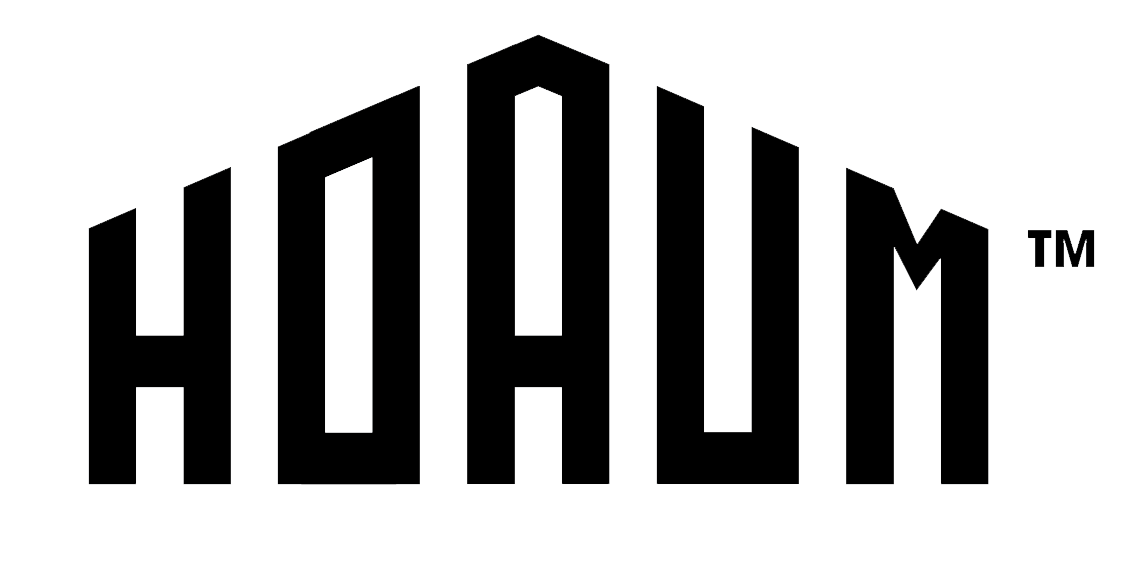When considering updates to vintage homes, improving energy efficiency and comfort are often high on the priority list. One of the most effective ways to achieve these goals is through the installation of insulation. Among the various options available, organic foam insulation stands out for its superior performance and sustainability. However, it is essential to weigh the initial costs against the long-term benefits to determine if this investment is worthwhile. This article provides a comprehensive cost-benefit analysis of installing organic foam insulation in vintage homes.
Understanding the Costs
Initial Installation Costs
The upfront cost of installing organic foam insulation is generally higher than traditional insulation methods such as fiberglass or cellulose. The primary cost components include:
- Material Costs: Organic foam insulation is made from renewable resources, which can be more expensive to produce than traditional materials.
- Labor Costs: The installation process requires specialized equipment and trained professionals, contributing to higher labor costs.
- Preparation Costs: Additional expenses may arise from preparing the home for installation, such as repairing existing damage and ensuring surfaces are clean and ready for the foam application.
Maintenance and Replacement Costs
One of the significant advantages of organic foam insulation is its durability. Unlike traditional insulation materials, which may need to be replaced or supplemented over time, organic foam insulation typically does not settle or degrade. This reduces the need for maintenance and replacement, translating into long-term cost savings.
Analyzing the Benefits
Energy Savings
The most substantial benefit of organic foam insulation is its impact on energy efficiency. By creating an airtight seal, organic foam insulation significantly reduces heat loss in the winter and heat gain in the summer. This leads to lower energy consumption for heating and cooling.
Energy Bill Reduction: Homeowners can expect to see a considerable reduction in their energy bills. On average, homes insulated with foam insulation can reduce energy costs by up to 50%. Over time, these savings can offset the initial installation costs.
Consistent Indoor Temperature: Improved insulation results in a more stable indoor climate, reducing the workload on HVAC systems. This not only saves energy but also prolongs the lifespan of heating and cooling equipment.
Long-Term Durability and Performance
Organic foam insulation is known for its longevity and consistent performance. Once installed, it does not settle, compress, or degrade, maintaining its insulating properties for many years.
Reduced Replacement Costs: Traditional insulation materials may need to be replaced or topped up periodically due to settling or degradation. Organic foam insulation’s durability eliminates these recurring costs.
Structural Benefits: The rigid nature of cured foam insulation adds structural integrity to walls and roofs, providing additional stability and protection against external elements.
Environmental Impact
Choosing organic foam insulation also has positive environmental implications. Made from renewable resources, it has a lower carbon footprint compared to petroleum-based insulation materials. Additionally, its superior insulating properties contribute to reduced energy consumption, further decreasing greenhouse gas emissions.
Sustainability: By opting for organic foam insulation, homeowners support sustainable manufacturing practices and contribute to the global effort to reduce reliance on fossil fuels.
Health Benefits: Organic foam insulation typically contains fewer volatile organic compounds (VOCs) than traditional foams, improving indoor air quality and contributing to a healthier living environment.
Real-World Examples and Case Studies
To better understand the cost-benefit dynamics of organic foam insulation, let’s look at some real-world examples and case studies.
Example 1: Historic Victorian Home in Boston
A historic Victorian home in Boston faced challenges with high energy bills and inconsistent indoor temperatures. The homeowners decided to invest in organic foam insulation for the exterior walls.
Costs:
- Initial Installation: $15,000
- Annual Maintenance: Minimal
Benefits:
- Annual Energy Savings: $2,500
- Payback Period: 6 years
- Improved Comfort: Consistent indoor temperatures and reduced drafts
Example 2: Colonial Revival House in Virginia
Owners of a Colonial Revival house in Virginia sought to improve energy efficiency without compromising the home’s historic character. They opted for organic foam insulation installed behind the brick exterior.
Costs:
- Initial Installation: $18,000
- Annual Maintenance: Minimal
Benefits:
- Annual Energy Savings: $3,000
- Payback Period: 6 years
- Environmental Impact: Reduced carbon footprint and enhanced indoor air quality
Conclusion
While the initial costs of installing organic foam insulation in vintage homes can be higher than traditional insulation methods, the long-term benefits make it a worthwhile investment. Significant energy savings, reduced maintenance and replacement costs, and the positive environmental impact all contribute to the overall value of organic foam insulation. For homeowners looking to improve the energy efficiency and comfort of their vintage homes while preserving their historic character, organic foam insulation presents a compelling and sustainable solution. By conducting a thorough cost-benefit analysis, homeowners can make an informed decision that benefits both their wallet and the planet.
